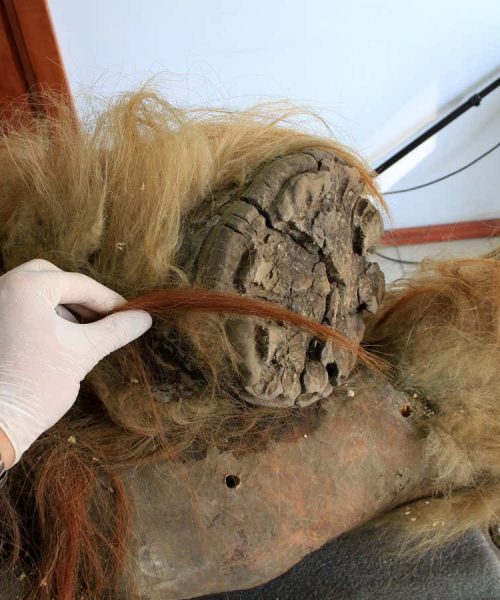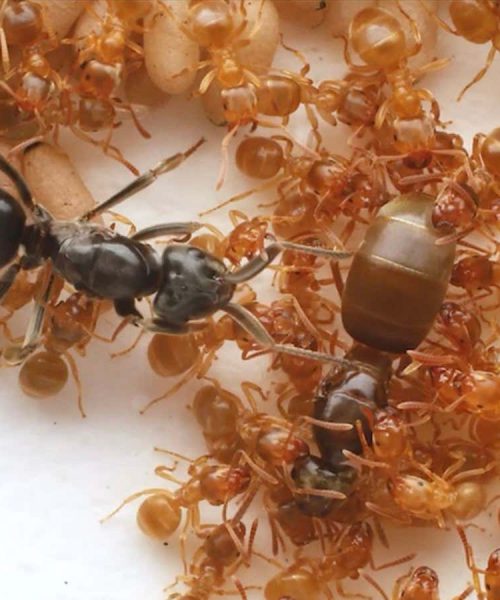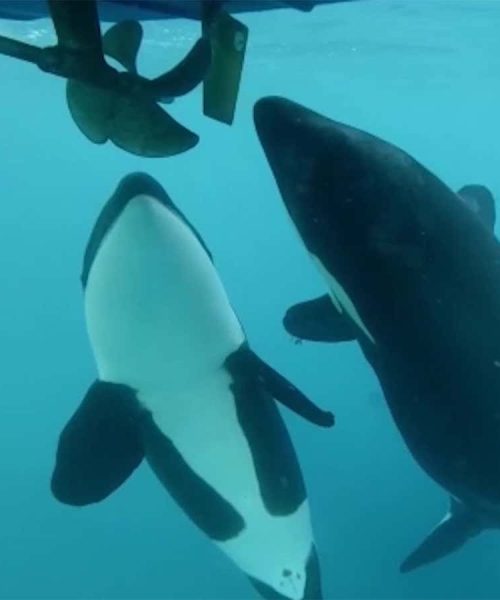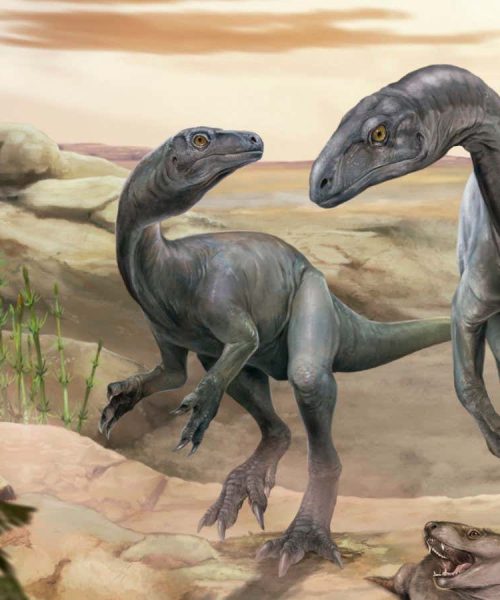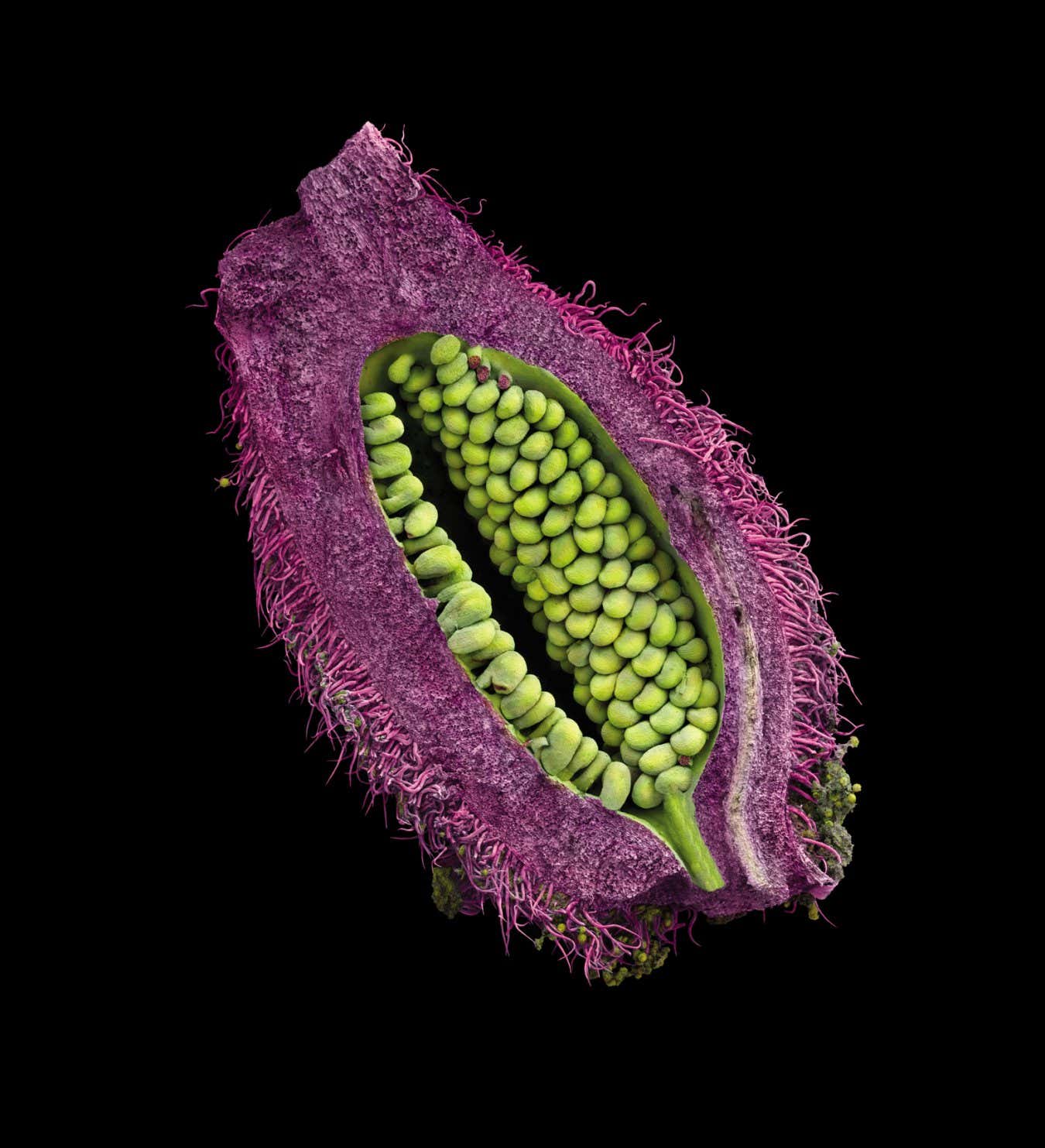
Lady Margaret passionflower
Rob Kesseler & Wolfgang Stuppy
Since the emergence of seeds around 360 million years ago, plants have flourished – from the most imposing of giant sequoias to the daintiest of herbs. The new book Seeds: Time capsules of life by visual artist Rob Kesseler and botanist Wolfgang Stuppy explores these tiny natural wonders using a mixture of scanning electron microscopy and close-up photographs.
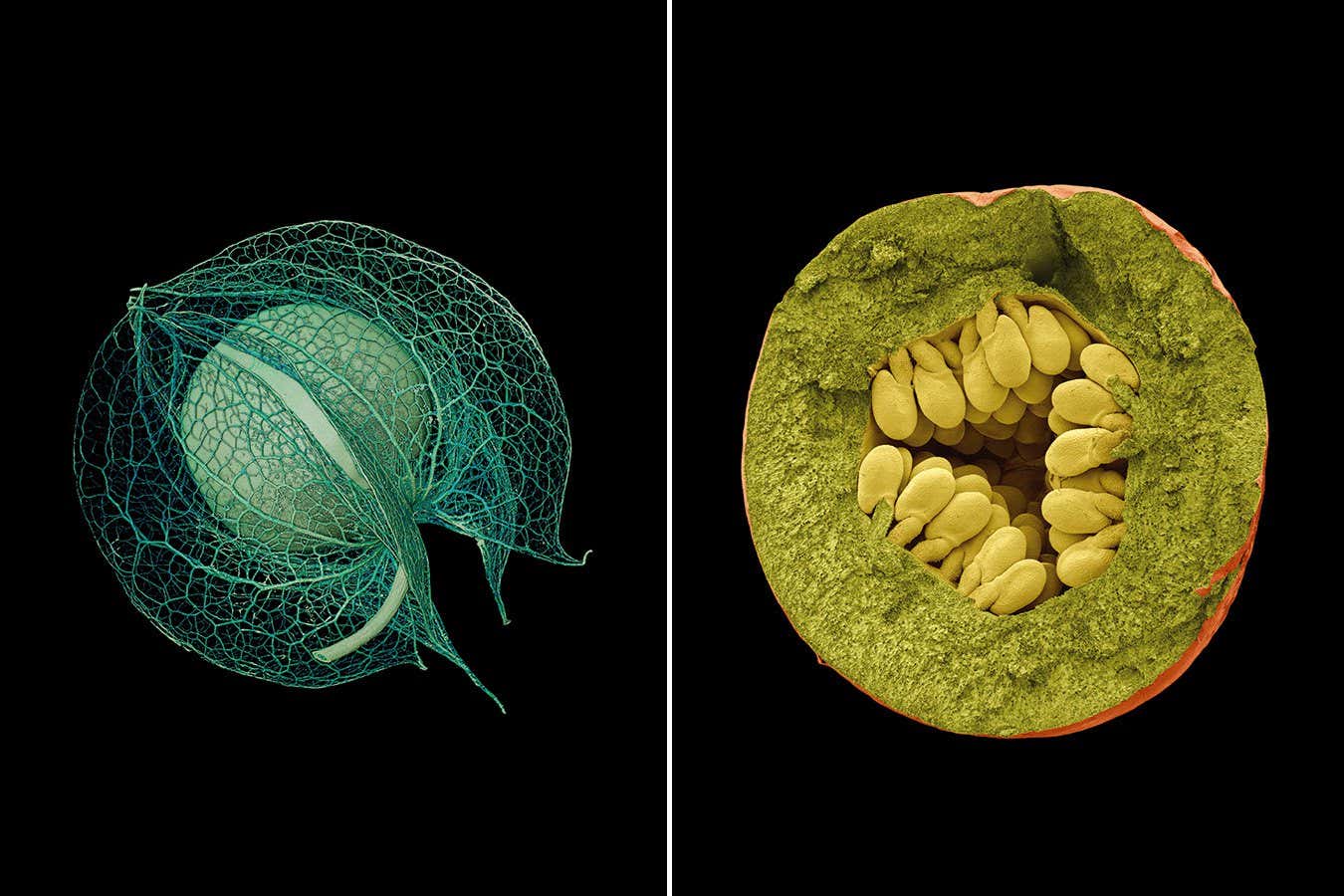
LEFT: Apple-of-Peru (Nicandra physalodes). RIGHT: passion flower (Passiflora caerulea)
Rob Kesseler & Wolfgang Stuppy
In the image on the left above, a delicate, leafy structure known as a calyx surrounds the fruit of the apple-of-Peru (Nicandra physalodes). To its right is a 3.4-millimetre-wide cross-section of a blue passion flower (Passiflora caerulea) ovary, stuffed with mature ovules that develop into seeds once it is fertilised.
Advertisement
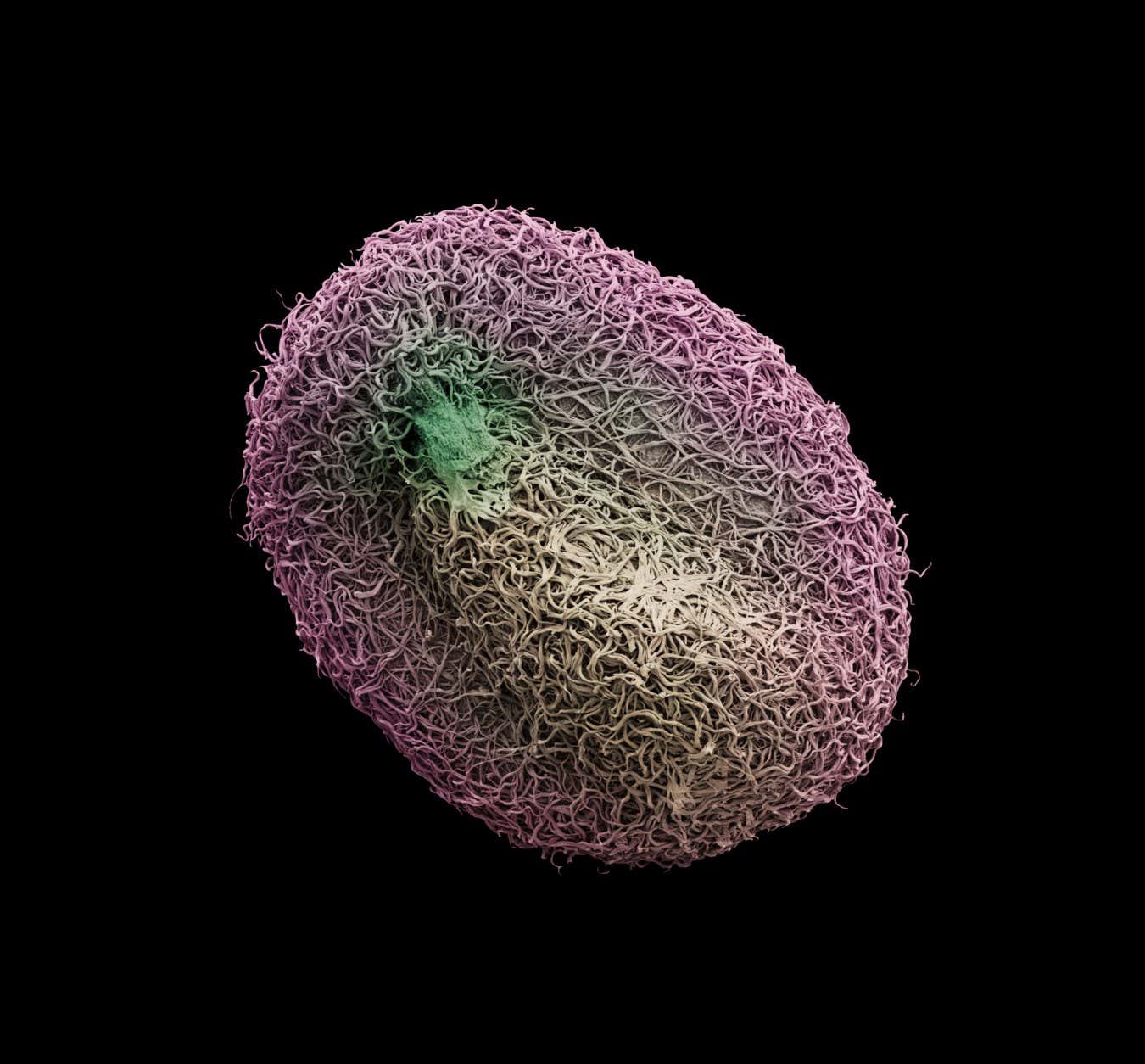
Scutellaria orientalis
Rob Kesseler & Wolfgang Stuppy
The sinewy, textured nutlet of a yellow-flowered skullcap (Scutellaria orientalis) is shown above. Nutlets are very small versions of nuts, which are fruits with a hard outer shell and dry seeds inside.

LEFT: Mesembryanthemum tetragonum. RIGHT: Phacelia douglasii
Rob Kesseler & Wolfgang Stuppy
The Mesembryanthemum tetragonum, a small shrub native to southern Africa, boasts a spectacular, bright red seed that is just 1.3 mm in diameter (above, left). Next to it, at a mere 0.8-mm long, is the seed of a Douglas’ phacelia (Phacelia douglasii). The honeycomb-shaped seed of Caiophora arechavaletae, shown below, is lightweight enough to be dispersed by the wind. Taking centre stage (main picture, top) is the vivid ovarian cross-section of a Lady Margaret passionflower, stretching 4 mm.
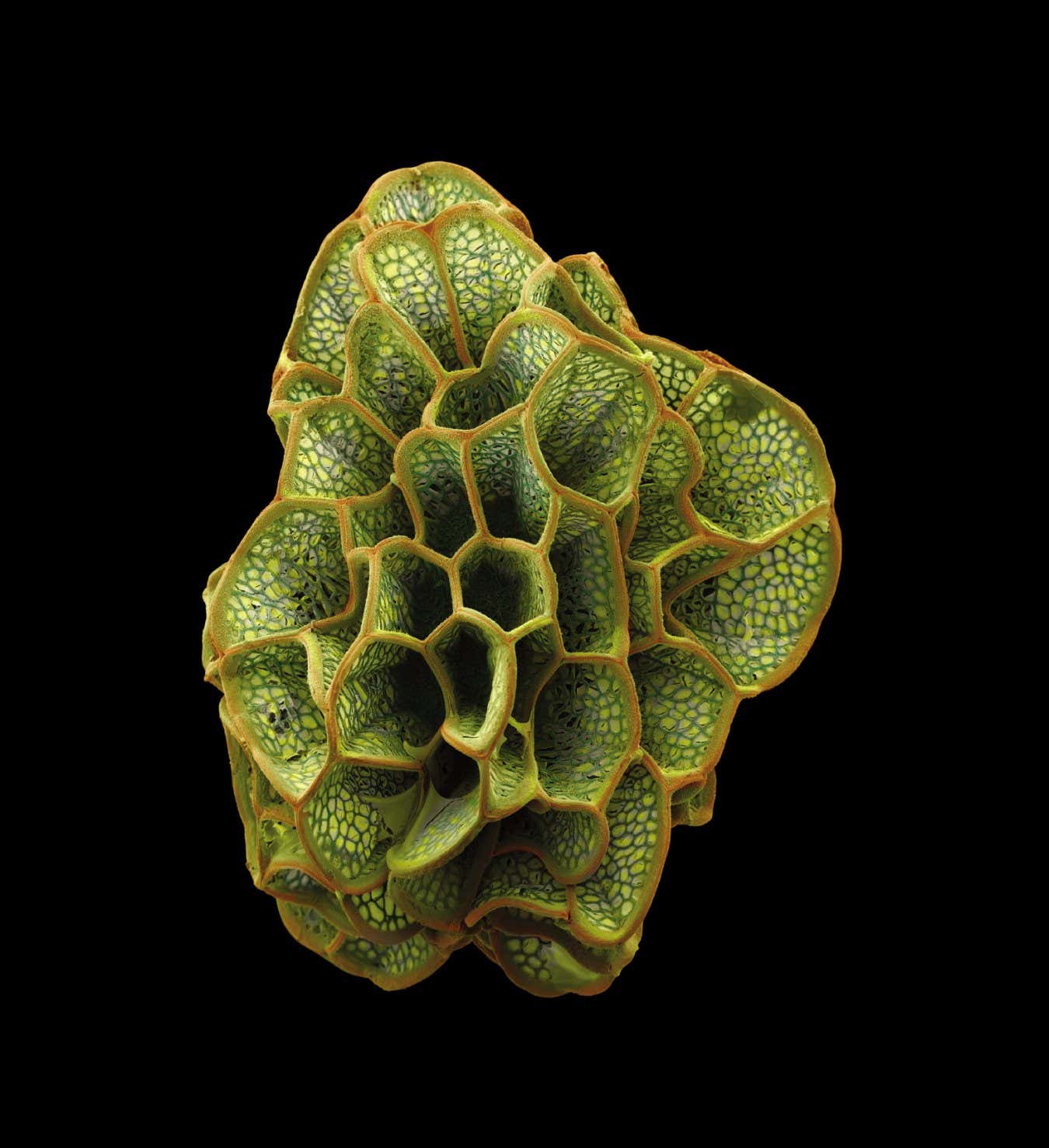
Caiophora arechavaletae
Rob Kesseler & Wolfgang Stuppy
The life forms of Earth are amazing, says Stuppy. “Over millions of years, they have come up with these absolutely amazing adaptations, which helps them interact with animals and the environment.”
Topics:

